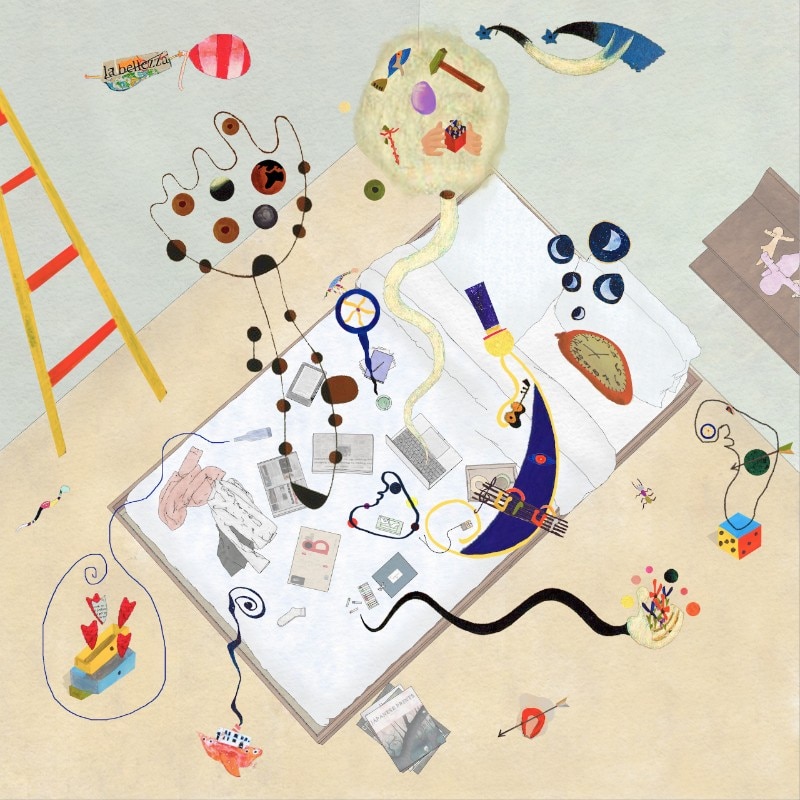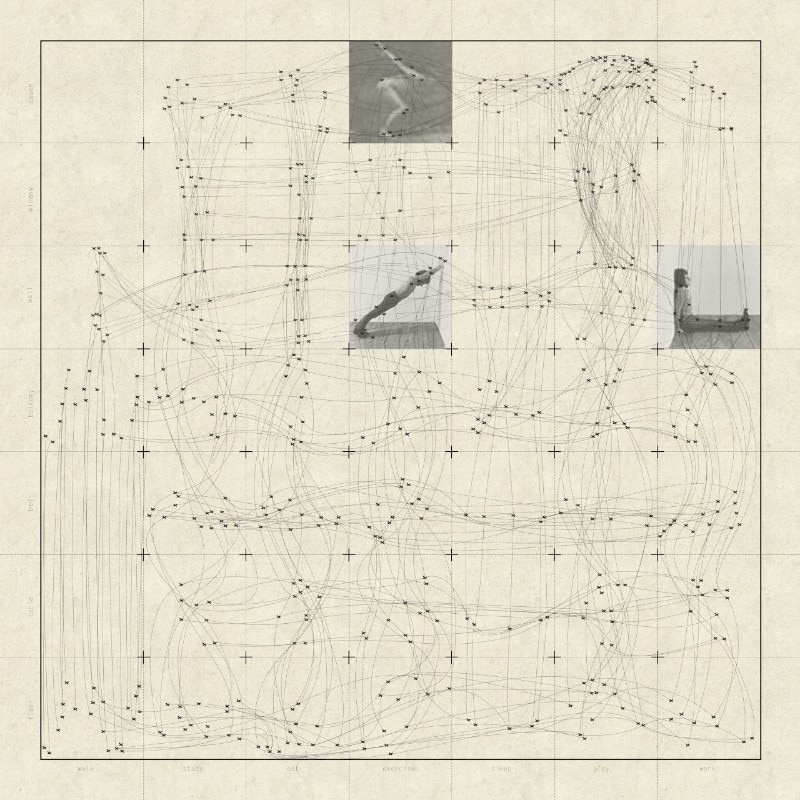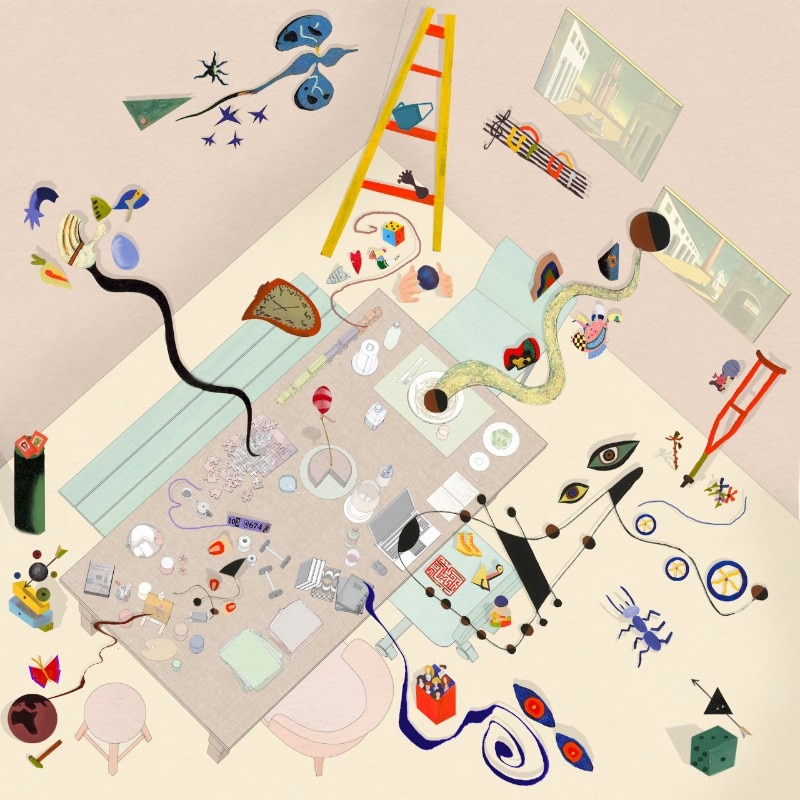As the world circulates in and out of localised lockdowns, opening with hope and closing with determination and focus, the one constant vein of familiarity that so many have become accustomed to is the habitual reality of working from within our homes. The line is not only blurred, in most cases it doesn’t even exist any longer. In speaking with Bonnie Hamilton, Carr Senior Interior Designer, she says, “The need to be always on, will undoubtedly be influencing mental health and well-being.” While a new novelty for some and a tired and strained occurrence for others, the concept isn’t in any way new, and has been the familiar scene for freelancers, small business owners and consultants and seen as a choice. From afar, that seeming choice was looked upon with fascination and envy, and yet in the midst of it as a collective, many are questioning whether the scenario is indeed, ideal at all. In a way we are as much living at work, as we are working from home, and with the added strain of unending outside pressures and uncertainty, perhaps the novelty has worn thin. Is there not as much of an argument for the workplace as a positive structure providing and geographically dislocated destination where focus can occur uninterrupted and the incentive to leave at the end of the day incites motivation?
The Hype
Despite pushback from employers for years about the productivity and effectiveness of work being performed outside of the controlled and typical ‘work’ environment, this past year has forced the inevitable and proven that the remote working environment can reap similar rewards. The ideals of wellness and work/life balance have been cited as reasons to allow remote working in the past, suggesting that avoiding commuting and having the opportunity to do life tasks throughout the day allows a better sense of fulfilment and reduces anxiety or stress. What has transpired instead is the overhaul of the home space into a series of work surfaces. The disassociation between work and rest has been removed, and there is no clear definition between the two. Hamilton adds, “The sacredness of home being a place for rest and respite has been disrupted. Our homes are now no longer just a personal space. The omni-presence of work-related technology means that work has infiltrated even more of our lives.” While the internet has made us contactable at any time from any location, now the physical space of our homes as places of respite and recharge has also been decimated.

Spaces as Symbols
There is something unique about spaces as symbols and the cues that architecture can elicit. In the way a warm and textural space can feel intimate and a lofted and structure-defying space can be meditative, as humans we need different spaces that make us feel differently, to respond differently. The traditional workspace is void of anything personal, there is known repetition in the workstations or offices and a homogeneity to the furniture and planning. It is a place of work, a place of focus and not somewhere you’re likely to want to be any longer than is required. The home however is traditionally a personal space, a place of connection, personalisation, a sanctuary. And yet, we’ve somehow melded the two, and expect the same results. In speaking to the importance of environmental cues and the physical space as a facilitator for productivity, Hamilton says, “Much can be said with translating these settings into a home environment. It’s important to create visual separation wherever possible, whether that’s setting up a spare room as a home office and closing it off at night to have a physical barrier between work and home. Focus work settings often found in the workplace are typically acoustically sound with limited visual and audible distraction.”
The dining table and the workstation as objects differ only so very slightly – they’re both a horizonal surface with four legs, and yet their functions and the feelings they illicit are so vastly different. One is a place of momentum, cords, paper, pens, buzzing phones and unanswered emails, and the other is a gathering, nurturing and social space. The image of the workstation differs vastly from that of the dining table, and yet we’ve unwittingly let the former take over the latter. The table, the kitchen bench or any other surface have now become a workspace, and the nostalgic joy in them removed. The question is how we get it back, and how we reinject a definition of purpose?

The Need for Structure
The power of objects as symbols is so incredibly significant, as is the need for structure to create and reinforce a purpose. The commute in itself is its own ceremony and a key element to establishing structure. The physical distancing of one location from another hints to a psychological shift and enables the engagement of a differing mindset, Hamilton adds, “More than just a physical divide, the commute to and from work creates a temporal divide, mentally preparing you for the office in the morning, likewise decompressing before coming home at night. Being in an office environment also means the boundaries between your work persona and private persona are well established and can be maintained.” As much as we try, the visual cues of one space can rarely be replaced with another, and sometimes it is the geographical relocation between work and home that allows for the separation of the two. Historically, being able to leave the workplace and not be contacted, nor be able to work or perform any tasks (as your tools or implements existing within the office itself) was a way of disseminating the mental shift from one mode to another. In the same way that objects illicit feelings of action, the architecture that houses said objects also embody the same power, and so it comes as no surprise that the current condition has made it difficult to disassociate the two.
The Intermediate Solution
While our current scenario is a new and forced change, it has also proven the efficiency and effectiveness of working from non-traditional work environments. Whether those environments can sustainably remain as our treasured restorative ‘home’ spaces however is a question we are yet to answer. In the meantime, while we continue to live at work, we may just have to enforce rigid structure, the non-personalisation of the work ‘zone’, reignite the commute and create spaces that more symbolically represent a place of focus if we are to preserve any semblance of what we love and need from our homes.
Opening image: Federica Sanchez and Sara Sagramola, Abitacolo Fluido. Jury mention Limitography, Manifesto di una Architettura Estroversa


